The story of the amaranth seed began in the regions of Mexico and South America. While amaranth was a nutrient rich plant that was a staple part of the Aztec and Mayan diet, it was also a seed which was intricately woven into the culture, rituals, and spirituality of these people.
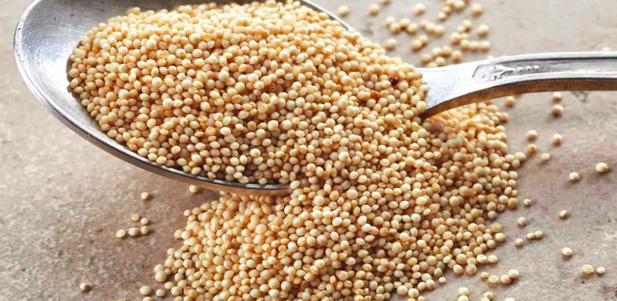
Nutrient Rich “Superfood”
Amaranth is a seed which is rich in fiber and protein. It also contains many micronutrients including iron, phosphorus, magnesium and manganese which contribute to healthy bones and blood, as well as healthy brain functioning. Amaranth also contains antioxidants, has anti-inflammatory properties, and it may also lower cholesterol levels.
Amaranth is a seed which is rich in fiber and protein. It also contains many micronutrients including iron, phosphorus, magnesium and manganese which contribute to healthy bones and blood, as well as healthy brain functioning. Amaranth also contains antioxidants, has anti-inflammatory properties, and it may also lower cholesterol levels.
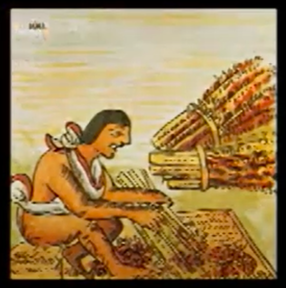
The Amaranth Seed and Plant Are the Culture of Its People
Understanding the nutritional and health benefits of Amaranth can give an indication of the importance of this seed and plant to the Mayan and Aztec cultures. Possibly because of the healthy qualities of Amaranth, the Aztecs didn’t just use its precious seeds and leaves to grow and eat, but it was an intricate part of their daily culture and spirituality. They believed that it held the secrets to long life and vitality. Important religious ceremonies and rituals would include the creation of a deity’s image that had been made from amaranth seeds and honey, and the amaranth plant was given as an offering to the gods during annual rituals.
Understanding the nutritional and health benefits of Amaranth can give an indication of the importance of this seed and plant to the Mayan and Aztec cultures. Possibly because of the healthy qualities of Amaranth, the Aztecs didn’t just use its precious seeds and leaves to grow and eat, but it was an intricate part of their daily culture and spirituality. They believed that it held the secrets to long life and vitality. Important religious ceremonies and rituals would include the creation of a deity’s image that had been made from amaranth seeds and honey, and the amaranth plant was given as an offering to the gods during annual rituals.
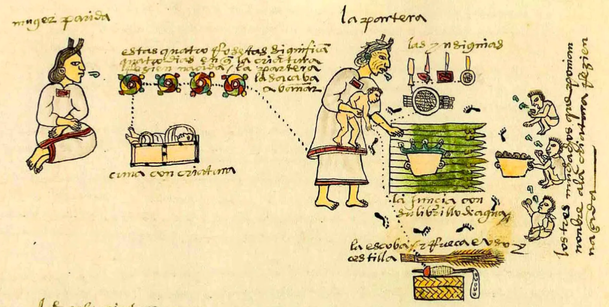
Midwives would include amaranth when bathing newborn babies. The plant was then further used by mixing it into a paste and molding the paste into miniature reproductions of the child’s future attributes: “a bow, an arrow, the hunter’s instruments; or perhaps a flower or an animal spirit-guide”.
(reference: https://cholaconcello.medium.com/foods-of-the-americas-amaranth-the-outlaw-grain-946957d9e51)
Amaranth was not only food and medicine for the body it was also valued as a divine plant.
Amaranth plumes were also used in red textile and food dyes so that the plant became a part of the clothes people wore, the blankets which kept them warm, and the pots with which they carried out their daily tasks.
(reference: https://cholaconcello.medium.com/foods-of-the-americas-amaranth-the-outlaw-grain-946957d9e51)
Amaranth was not only food and medicine for the body it was also valued as a divine plant.
Amaranth plumes were also used in red textile and food dyes so that the plant became a part of the clothes people wore, the blankets which kept them warm, and the pots with which they carried out their daily tasks.
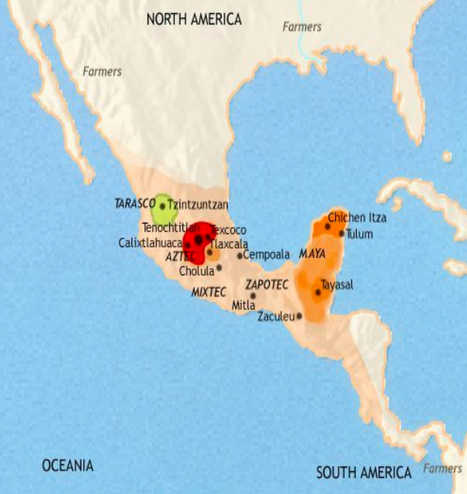
Conquer the Seed, Conquer the People
When the Spanish conquistadors came to invade the areas in North and South America, they witnessed the importance of amaranth to the people living in these areas, both nutritionally and spiritually. They observed that warriors would eat amaranth to give them strength, and that they build models of their warrior God out of amaranth in preparation for battle. As a result, the Spaniards attacked what they observed was the vital strength of these people, and they destroyed thousands of acres of crops. In the 16th century the Spanish conquistadors banned the cultivation of amaranth, fearing that the spiritual connection with it would interfere with the establishment of Catholicism. When the conquest ended, it became illegal to grow Amaranth in Mexico.
When the Spanish conquistadors came to invade the areas in North and South America, they witnessed the importance of amaranth to the people living in these areas, both nutritionally and spiritually. They observed that warriors would eat amaranth to give them strength, and that they build models of their warrior God out of amaranth in preparation for battle. As a result, the Spaniards attacked what they observed was the vital strength of these people, and they destroyed thousands of acres of crops. In the 16th century the Spanish conquistadors banned the cultivation of amaranth, fearing that the spiritual connection with it would interfere with the establishment of Catholicism. When the conquest ended, it became illegal to grow Amaranth in Mexico.
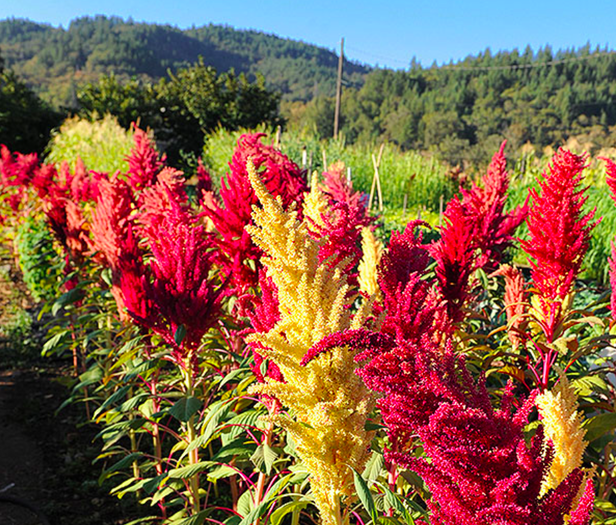
The Ability of Amaranth to Thrive, Helps it to Survive
Despite the attempt of the Spanish Conquistadors to eradicate Amaranth, its hardy nature and ability to flourish on its own, even in poor soil, has allowed it to continue to thrive. Amaranth is being rediscovered as a plant that is able to grow in every environment on the globe, with the exclusion of Antarctica. It is highly adaptable and disease-resistant, produces in high heat and drought conditions, and it is a plant in which its seeds, its sprouts, microgreens, and leaves are all edible. The future of this seed looks bright as different organizations are looking at the possibility of using amaranth to solve the world food crisis and supplement the depleted diet of some cultures.
Despite the attempt of the Spanish Conquistadors to eradicate Amaranth, its hardy nature and ability to flourish on its own, even in poor soil, has allowed it to continue to thrive. Amaranth is being rediscovered as a plant that is able to grow in every environment on the globe, with the exclusion of Antarctica. It is highly adaptable and disease-resistant, produces in high heat and drought conditions, and it is a plant in which its seeds, its sprouts, microgreens, and leaves are all edible. The future of this seed looks bright as different organizations are looking at the possibility of using amaranth to solve the world food crisis and supplement the depleted diet of some cultures.
